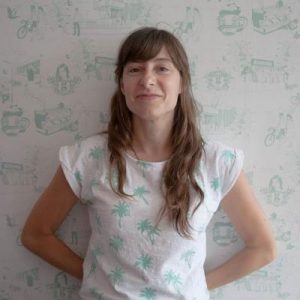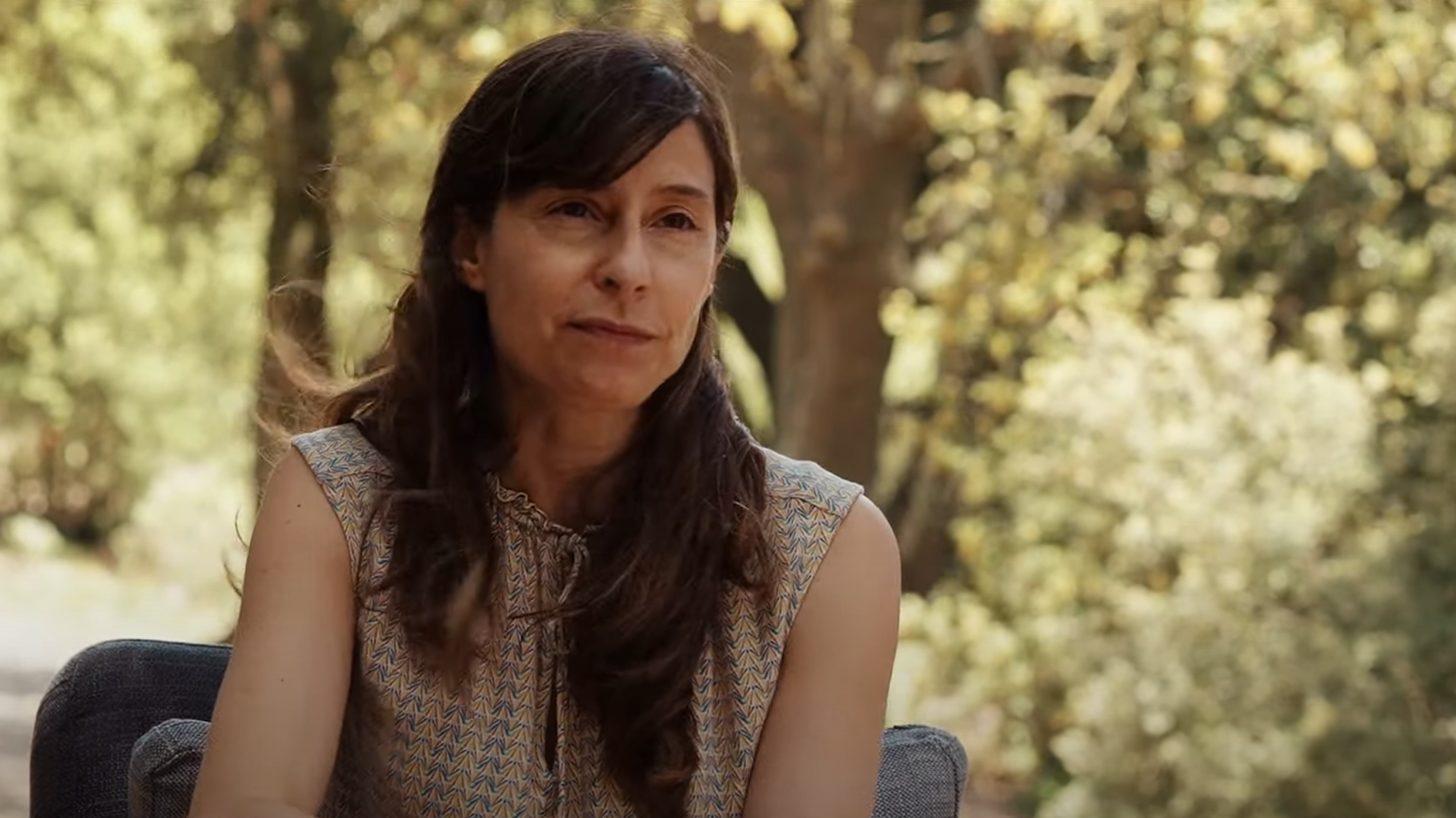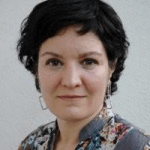Estela Romero, the researcher who moves from blue to turquoise
"My first post-doctoral experience was really good, it's what made me continue in science"
For three years Estela Romero studied the water of the Seine, from the centre of Paris to the river's mouth. Her focus was to examine how human activity affects the quality of this French river, a critical aspect because it conditions water uses. She also tried to decipher the river's function with the eyes of a scientist: "if it's simply a vector for transfer to the sea or if, on the other hand, we are able to identify its role as a filter so that what flows out is not harmful". At the time, she was a post-doctoral student in the research group led by Josette Garnier and Gilles Billen at the Pierre & Marie Curie University, specialized in science and is now part of the Sorbonne University. "I experienced what it's like to work in a team: it's faster, you learn a lot more, you take advantage of statistical calculations, you share scientific data that allows you to optimise a lot... The experience was really good, it's what made me continue in science," she says. Today she continues to collaborate with Garnier and Billen, as well as building bridges with the other science professionals she has met.
Until then, she had worked with "the pure blue" of the sea, but linked to the territory, because she studied the water of the coast. That is why she affirms that "Paris was a bit of the gateway to turquoise", understood as the greenish blue that characterises river ecology.
She arrived at CREAF as a postdoctoral student Beatriu de Pinós and with a great specialisation in nitrogen and phosphorus cycles, the central role they play in land use, and the quality of river and marine water. From the beginning, she began to collaborate with researcher Josep Peñuelas's team in the Imbalance-P project as part of the prestigious European ERC grant. “Researchers Josep Peñuelas and Jordi Sardans are really efficient, I am glad to have worked with them”, she recalls. Today she is linked to CREAF as a Severo Ochoa postdoctoral researcher, she's been involved as a mentor in the first edition of the Summer Fellowships, leads one of the Synthesis Actions proposals together with Marcos Fernández-Martínez and collaborates in research with several colleagues from the center.
From blue to turquoise
After that, Europe's most evocative river - with the permission of the Danube - allowed her to be part of another scientific project that asked whether 100% of the agriculture in the Seine basin can be organic. The proposal is inspired by a model that works in Normandy and seeks to respond to the food security needs of 'Grand Paris': "it is a concept that aims to provide sustainable alternatives to population growth and which has already been developed by several French government administrations". The conclusion was positive: yes, it is possible and, in fact, it is the only effective way to solve the chronic problems of nutrient pollution in the river and to alleviate eutrophication on the coast.

She brings what she calls “technological optimism” to the talbe to explain that, although the treatment plants offset the negative consequences of purifying the main section of the river, low-quality water flows in the final sections. And it is precisely the one that flows into the sea. "There is a comparative disadvantage in terms of geographic areas and investment capacity, depending on the human density of each one”.
A vibrant city
"Paris is a diverse city, with an impressive cultural pulse; it's the epicentre and is plenty of activity"
The route of the Seine connected her with a vibrant city in which, apart from the monumental tourist circuit, she experienced what she defines as "a very diverse city, with an impressive cultural pulse". And she sums it up with a stimulating sentence that she releases naturally: "Paris is the epicentre and there is everything". She remembers the university at that time as an environment of great concern, as well as having experienced at first hand the movement for political change expressed through camps, and trade union action and its great capacity to mobilise demonstrations. She moved in with her partner, which also made it easier for it to become "a joint adventure".
Another attraction was settling in an old 17th century convent refurbished as a home, which the Paris City Council reserved for groups of scientists and artists. An eclectic combination that generated a small, very active community. It is the time in which she learned of actions outside the official sphere, such as the reception of immigrants from Senegal by a group of women who taught them to read, gave them legal support and involved them in theatre workshops, which they staged in an old abandoned train station. And she recalls that there was a diaspora from all of this: "some have gone to work at UNESCO in Washington, others in other European cities...".

The most traditional and at the same time delicate Paris also had a space at that time, thanks to Bar Tabac, a characteristic bar of the suggestive city par excellence. Estela Romero often had breakfast at one of these establishments and ended up creating a close bond with the owners. For this reason, and because she was there the day a photo session was held, she appears in the commemorative photo book of this mythical café in the city. It seems to be an accumulation of coincidences, which began when she decided to study French to distract herself and diversify with respect to the English of science.
Leading women scientists
"I want to continue doing science without letting myself down the road"
She once again followed the coastline linked to blue marine waters through an expedition on the ship Hespérides, led by the scientist Celia Marrasé, and she got involved thanks to being linked to the Barcelona Institute of Marine Sciences. "The project wanted to assess to what extent the carbon found recalcitrantly in deep waters can be changed by adding glucose or a molecule that facilitates digestion”.
Celia Marrasé is one of her references: "she is an important influence, I met her at the Institute of Marine Sciences of Barcelona and she has been a co-author of some of my articles. In addition, she is very charismatic". The great reference in her career is Josette Garnier, supervisor of her stay at the Pierre & Marie Curie University: “she and Gilles Billen are hard-working, very efficient, very friendly and I never had the feeling that there was a hierarchy. I worked hard and had a great time."
Estela has little interest in the competitiveness and ego that floats in some scientific environments. "I want to continue doing science without letting myself down the road. I want to work with efficient, collaborative, cheerful and grateful people".







